
Hello DIYers.
You may have came across my USB Convertor. That was meant as a temporary solution while I crack my head over a proper USB DAC. The USB Convertor outputs SPDIF (your vanilla digital output) which you could then feed your DAC. Now if you are looking for a dual usage DAC (meaning for both computer and CD/DVD player type), then this will be a good, albeit compromised, option.
However, if sonic quality is your utmost concern, then there is simply no business converting from USB to SPDIF then to DAC format again.
Therein lies a problem. Almost all the USB receiver chips in the market I know only outputs I2S and not the EIAJ format required by Monica’s TDA1545 chip. Boy, this isn’t fun.
I built a few circuits to convert I2S to EIAJ but wasn’t successful. More studies later… then I realized I need to climb up the highest mountain in this region, consult the guru there and sprinkle some pixie dust.
Nah, the guru wasn’t much help. In the end, after lots of diligent nights (and wee early morning hours) of pouring over datasheets and building prototypes, I finally got it done.
USB – I2S – EIAJ – Monica!!!
Let me be anal here and declare this as the first USB DAC using an EIAJ based DAC chip!
[You could make me fall flat on my face with big dollop of humble pie by pointing out to me which USB DAC in the market that uses an EIAJ based DAC chip.]
So what’s the big deal you may ask? Well, as always in audio, less is indeed more. Going through one less data conversion, the gain in sonic quality is…. va va voom! Like the real Monica!
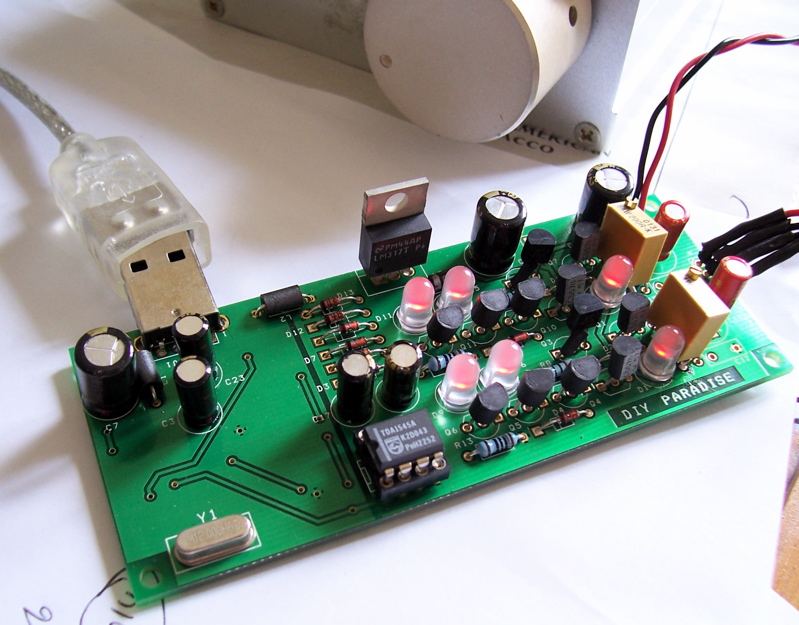
If you are new to computer audio, I suggest you take a read of my computer audio pages.
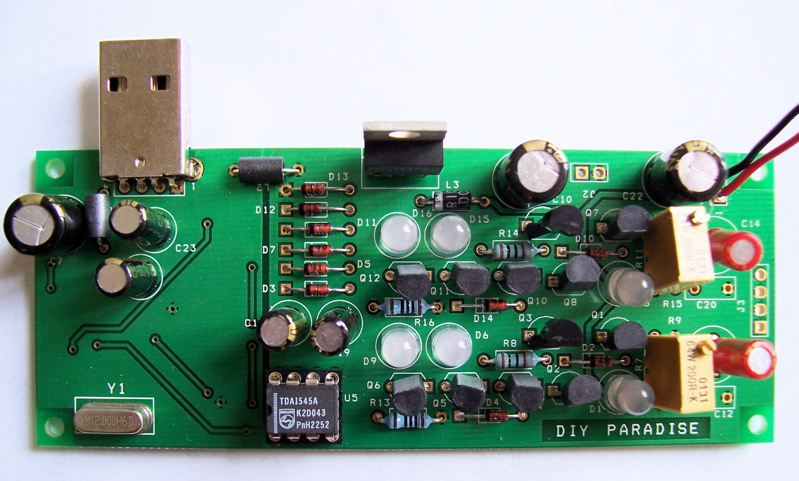
So this PCB consists of a USB receiver chip, an I2S-to-EIAJ convertor and asynchronous reclocking scheme, TDA1545A circuitry and of course, Rudolf Broertjes’ SS I/V Gain Stage. All in one smoking PCB!
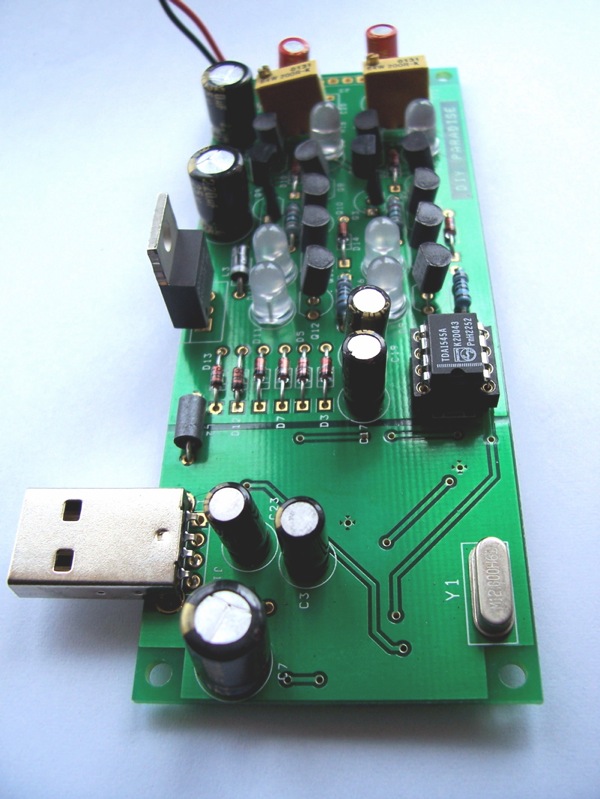
Simple enough eh? It looks simple from the top but underneath, there’s quite a lot of surface mounted components soldered on.
You could power her at 12VDC though 18VDC is said to sound better especially for the SS I/V stage. If you intend to go this high, I’d suggest heatsinks for the LM317 chip.
Better still, note that L3 is a diode instead of an inductor or ferrite bead. If you remove L3, you could power TDA1545 circuitry through J2 and power the SS I/V stage circuitry separately through J4. How about that? ; )
Wiring is very simple. Just hook up power supply (you provide of course), and output to RCA sockets of your choice. Input is simply USB from your PC. I’ll suggest a USB cable of type A jacks and off you’ll go!
No software to install, and no PC casing to dismantle.
Why heck, install both USB Monica and Charlize in one little case and you’ll have a smoking PC audio system!
Due to complexity of build, no kit is available yet. Assembled/tested USB Monica could be purchased from our e-Store. http://store.diyparadise.com
For once, let’s end it short and sweet. 😀
And spend more time with Monica!
Update on 27 Nov 2007!!!
Plug and Play USB Monica in hard wood chassis like Monica 3 available now!
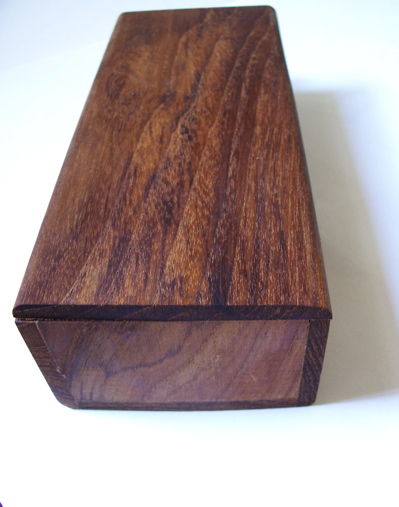
Enhanced PCB featuring some changes ala Monica 3. Note the Super E Black Gates… Yummy!
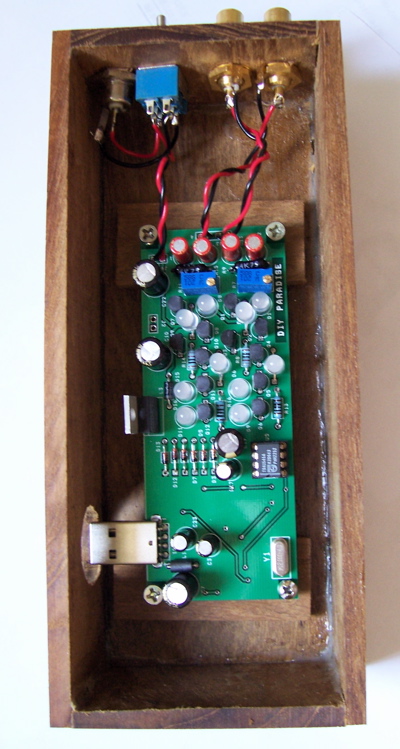
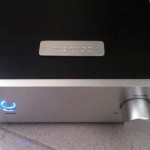
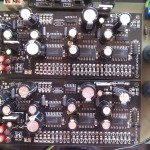
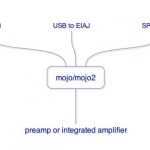

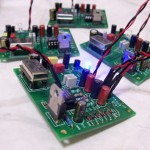

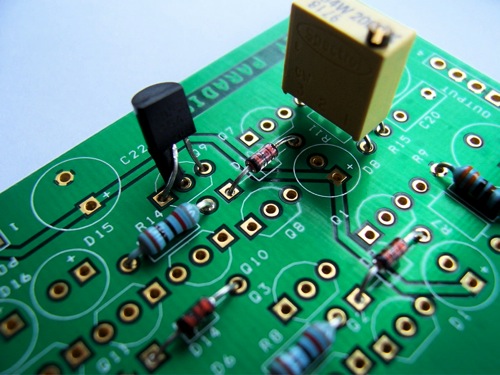
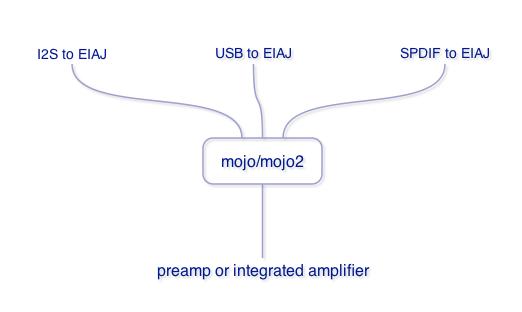
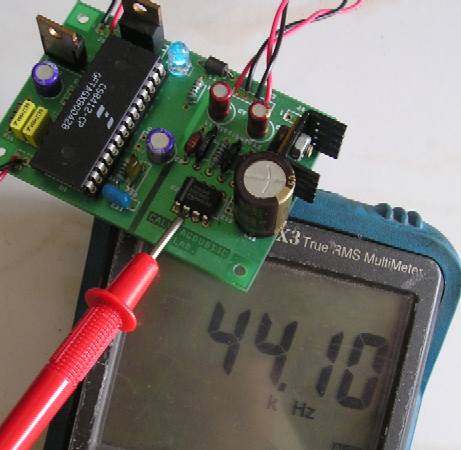
This is a remarkable DAC. Vocals are forward and alive. Everything is warm, intimate and organic – it sounds amazingly analogue. My computer audio system has come to life. 8)